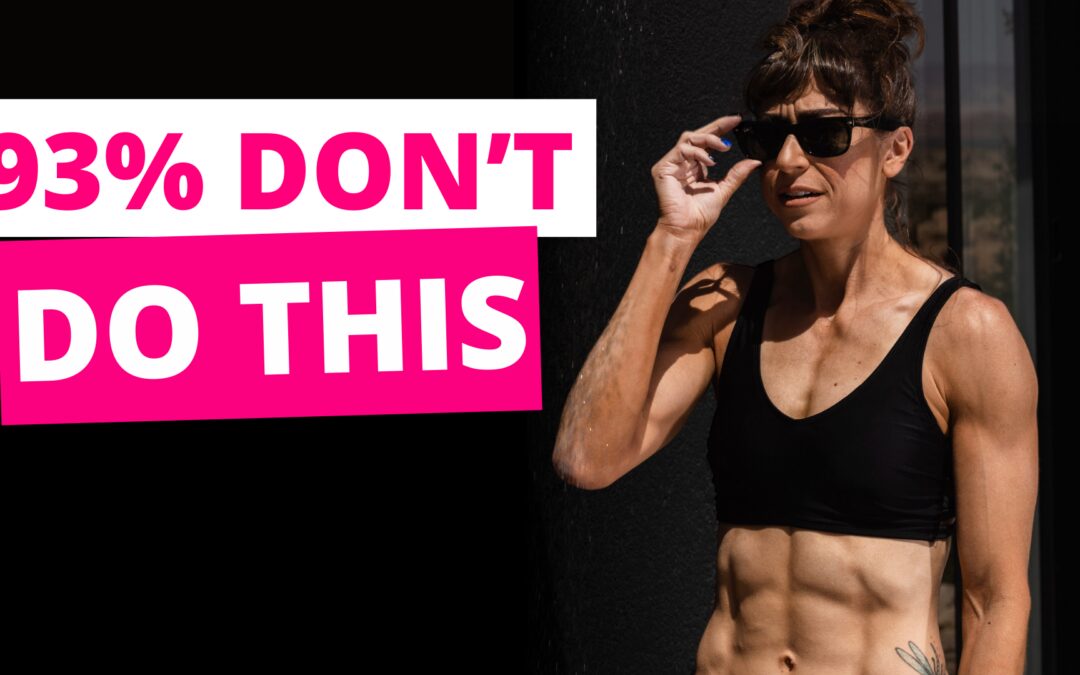
by Cori Lefkowith | Jun 18, 2024 | podcast
LISTEN HERE 7 WATCH HERE 7 TRANSCRIPT 7 OPEN TRANSCRIPT (00:00):Hey guys, this is Cori from Redefining Strength. Welcome to the Fitness Hacks Podcast. This is a show where I share all my free workout and nutrition tips. I’m not going to ever fill this episode...

by Cori Lefkowith | Jun 16, 2024 | Blog, Diet, Exercises
Alright so do you think those old fitness infomercials are as ridiculous as I do? What’s the real reason why 93% of women never lose belly fat? BECAUSE IT’S REALLY… REALLY… REALLY HARD! And because when we feel like results aren’t snowballing, when we don’t see...

by Cori Lefkowith | Jun 9, 2024 | Blog, Diet, Exercises
I know you don’t want to hear this but… Fat loss is a slow process. If you’re trying to lose fat faster, you might not like the result. And when we strive to see weight loss faster on the scale, ultimately all we’re doing is LOSING MUSCLE. Which is generally the exact...

by Cori Lefkowith | Jun 6, 2024 | podcast
LISTEN HERE 7 WATCH HERE 7 TRANSCRIPT 7 OPEN TRANSCRIPT Cori (00:00):Hey guys, this is Cori from Redefining Strength. Welcome to the Fitness Hacks Podcast. This is the show where I share all my free workout and nutrition tips. I’m not going to ever fill this...

by Cori Lefkowith | Jun 3, 2024 | podcast, Uncategorized
LISTEN HERE 7 WATCH HERE 7 TRANSCRIPT 7 OPEN TRANSCRIPT (00:00):Hey guys, this is Cori from Redefining Strength. Welcome to the Fitness Hacks Podcast. This is the show where I (00:05):Share all my free workout (00:06):And nutrition tips. I’m not going to ever...






